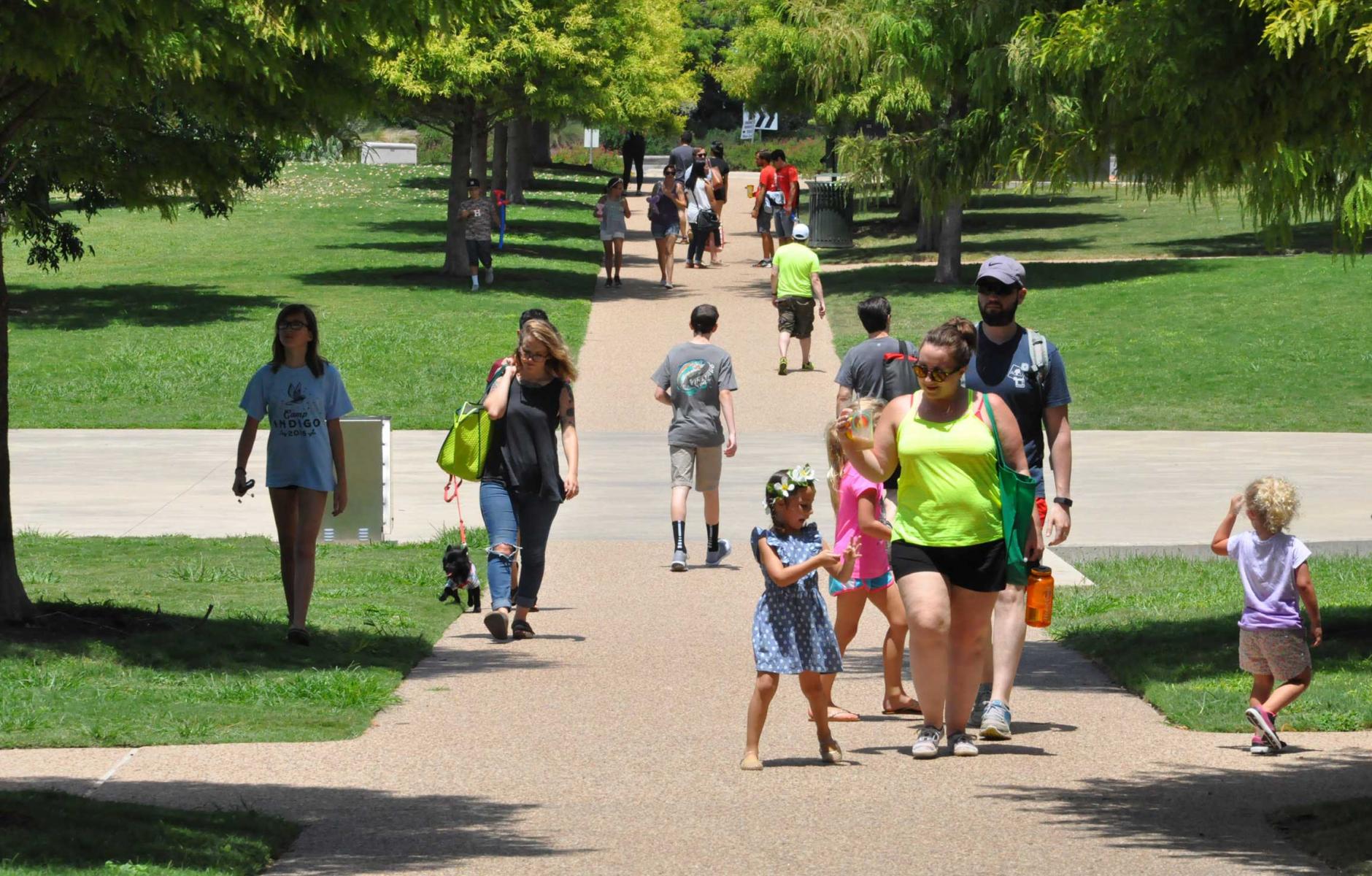
Healthy communities explained in three steps
Three key aspects to cities and towns have a big impact on community and individual health, according to Joanna Lombard of the University of Miami School of Architecture. Lombard summarizes the research on healthy communities in a video interview with urban planner Victor Dover:
- The greatest predictor of our longevity and health is level of social interaction—and that goes beyond family to people we see on a daily basis, like the person serving you coffee in the local cafe. The design of the neighborhood you live in impacts the interactions. Research supporting this finding has been conducted all over the world for a wide diversity of people and cultures since the 1980s, Lombard explains.
- Another important factor is physical activity—and as little as 10 minutes a day of walking can make a big difference. The less physical activity, the greater the levels of heart disease, obesity, and diabetes, researchers found. This research, linking sprawl to negative health outcomes, was first published 20 years ago, by Richard Jackson, Lawrence Frank, and others. Urban designers learned about it in New Urban News, the trade publication of the New Urbanism. More research built on that foundation, linking urban design characteristics like small blocks and better street networks with better health outcomes.
- Exposure to “greenery,” like abundant street trees or a local park, also impacts chronic diseases, according to a study of 250,000 residents of Miami-Dade County, conducted by Lombard and her team.
Dover’s interview is part of a planning effort that Dover, Kohl & Partners is helping to lead for Lake Wales, Florida. The Lake Wales Envisioned initiative is working with the City, citizens, and other groups, to plan a healthier, economically stronger, and more sustainable future for the suburban municipality in Central Florida, a town that is at the heart of a current mass migration into the Sunshine State.
Walkable neighborhoods, where residents live on streets where people can step out their door and connect to the larger community, are the foundation of a healthy place, Lombard says. Ideally, houses should have a porch, stoop, or balcony serving as a connection to the neighborhood. The sidewalk is the next level of connection, ideally on a street that is safe and comfortable to walk, bicycle, use a wheelchair or walker, or push a stroller.
“Everyone should be within a five-minute walk of basic supplies,” Lombard continues. “If we have these five-minute networks integrated together through a green network, then we have this amazingly integrated townscape. And we would have opportunities for people of all income levels, and opportunities to meet people today that they didn’t know the day before. That’s the healthy life.”
This system broke down with single-use suburban environments, where, despite the greenery, everyone tends to get in their car and drive everywhere to a parking lot. People who don’t drive are often trapped in their house or cul-de-sac. In Lake Wales, most people drive, but most would also like opportunities to walk or bike to many of these destinations, Dover says. Lake Wales’s currently philosophy is helping to city to head in the right direction for a healthier future, Lombard says.
“The street network, the blocks, the buildings, the land uses—those should be the network of a healthy life. From there, we can make our own individual choices.”
See the whole video here:
Editor's note: This article addresses CNU’s Strategic Plan goal of growing the supply of neighborhoods that are both walkable and affordable.




